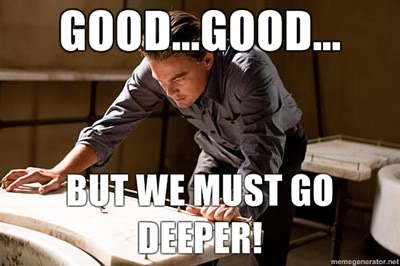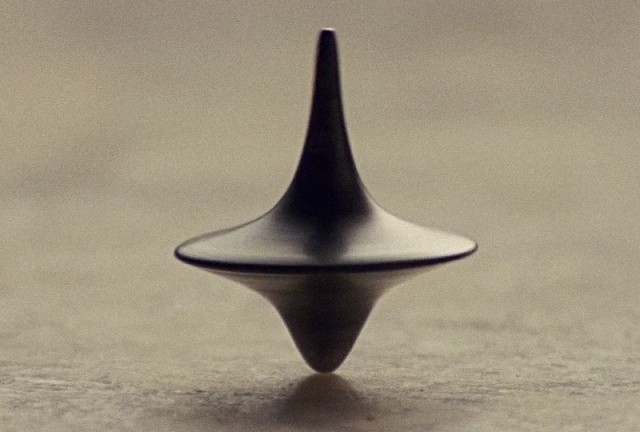This post contains spoilers for the movie Inception!
Inception is a deeply flawed movie. It has an overly convoluted and bloated beginning sequence that throws you into the action without telling you anything about the characters or the scenario. It has a middle that’s so complicated you need a flowchart to make any sense of it. I remember being disappointed with the movie as I sat in the theater, watching snowmobile gun battles and anti-gravity hand-to-hand combat, wondering which of the plethora of contrived dreaming rules was at play and why.
So why is this deeply flawed movie ranked the thirteenth best film of all time by 2 million voters on IMDB? Because when you rate a movie, you usually do it after the credits roll, after you’ve experienced the ending. And Inception has a great ending, or rather, one of the best endings of any motion picture ever.
In truth, it is endings that really matter, that leave you with the ultimate impression of how good or bad a work of fiction is. So what makes Inception’s ending so good?
1. It poses a question that is deep on every level of the story: character-wise, plot-wise, and thematically. And it leaves you, the viewer, to interpret and answer this question. What you believe happened not only determines your view of the protagonist and his journey, but your view on some facet of human nature. It is deeply profound, in every way.
We consume fiction because we seek meaning, and endings should be the point in the story where meaning hits hardest. If you believe Cobb is still trapped in an illusion, then what does that say about man’s yearning to escape reality?
2. The final second of the movie is also its highest point of tension. This is called a cliff-hanger, and often it can leave viewers annoyed. In this case, it leaves viewers satisfied, because it feels perfect given the theme of the story: what is real? You decide, and then talk about it among your friends.
Also, the cliff-hanger works because it prompts the viewer to analyze and rewatch the movie to find the answer to the final question; and the movie is perfectly plotted to provide no clear answer, meaning people will be debating it forever.
3. It is disguised as denouement. Denouement is the part of the story that comes after the climax, which is intended to provide emotional relief from all the tension and portray what happens to the characters as a result of the story. Kind of like a sailing off into the sunset happy-ending moment. In Inception, it appears Cobb has achieved his goal, and is about to live happily ever after with his children. And then, we get the infamous final seconds with the spinning top. As soon as we start to feel some emotional relief, that top starts spinning, and tension flares up in our hearts. The contrast of the lull in tension, followed by a sharp stab of tension that continues even after the credits have rolled, is extremely satisfying.
Not all endings have to be structured this way, but you’d do well to keep these storytelling techniques from Inception in mind when plotting your story’s final moments, so you too can write a great ending.


